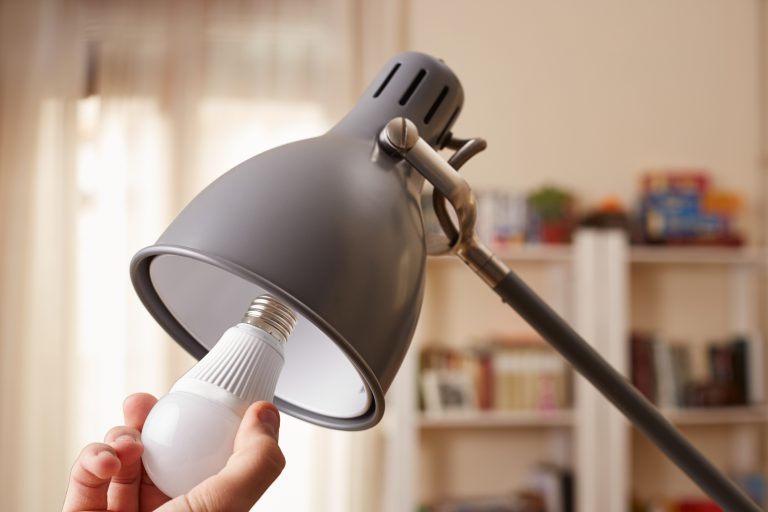The term photovoltaic may sound alien to most people, unlike solar panels, which are pretty popular among residential and commercial settings. Now, the terminology solar panel covers two types of panels; solar thermal panels and photovoltaic panels.
Solar thermal panels do an excellent job of producing hot water while photovoltaic panels major in electricity production. Photovoltaic panels are often referred to as solar cells.
The easiest way to understand what a photovoltaic system is to think of it as a solar powered calculator. You can assume that the little panel on top of the calculator is the photovoltaic panel which uses sunlight to power the calculator.
There is no major difference between domestic and commercial photovoltaic panels. Both are made from silicon semiconductors for converting sunlight into electricity. Each of the individual panels that you install is only one part of your installation.
How Does Photovoltaic Work?
Photovoltaic systems operate under a simple principle. In essence, their work is to convert the sun’s energy into electricity. Photovoltaics use semiconductors to produce power based on a photoelectric effect. If photons of artificial or natural light enter a photovoltaic cell, they cause electrons to get to a high energy state.
It even makes the electrons of the semiconductor that are not usually free to become free and behave like they are also in the conducting material. The free electrons are then captured and this results in an electric current that produces electricity. With photovoltaics, the more light is absorbed, the more electricity is produced.
When you install photovoltaic systems, you will obviously reduce the electricity that you buy from your producer.
And it only gets better; if you are connected to the power grid and you happen to produce more electricity than you can consume and the excess energy is exported back to the grid. You will be pleased to know that the power company will pay you for this electricity.

Are Solar Panels Similar to Photovoltaics?
Sure, solar panels and photovoltaics can be said to be synonymous. If a number of solar cells are connected with electricity and there is a supporting structure, a photovoltaic module will be made. The cells can either be connected in parallel or series.
Types of Photovoltaic Modules
Since the photovoltaic technology is one of the fastest growing fields in the world, there are several options in the market that homeowners can choose from. They include;
- Monocrystalline Solar Panel– This is the purest form of photovoltaic cell and has a uniform dark look.
- Polycrystalline Solar Panels– These solar panels are blue and are formed by melting raw silicon
- Thin film solar panels– These solar panels are manufactured by placing one or more films of photovoltaic material on a substance like glass, metal or plastic.





